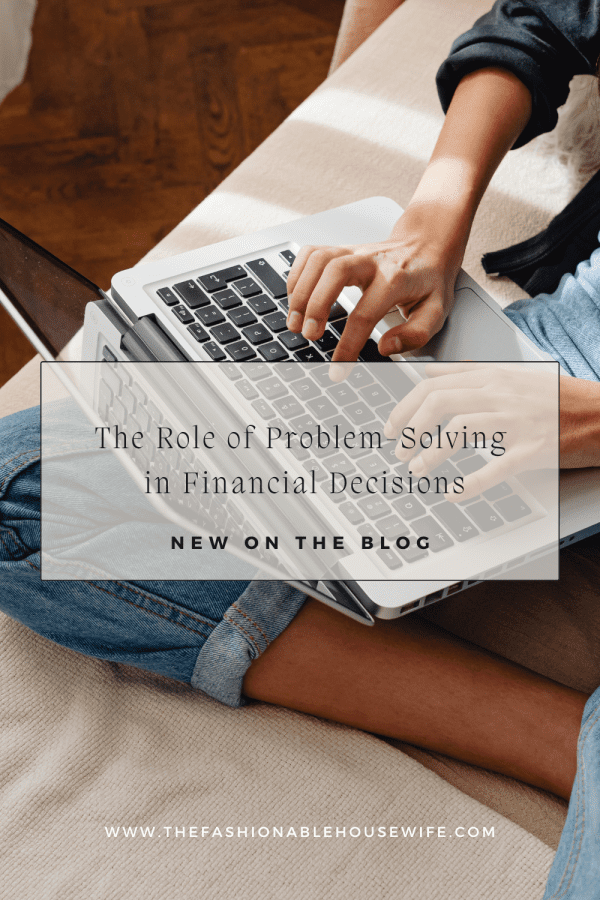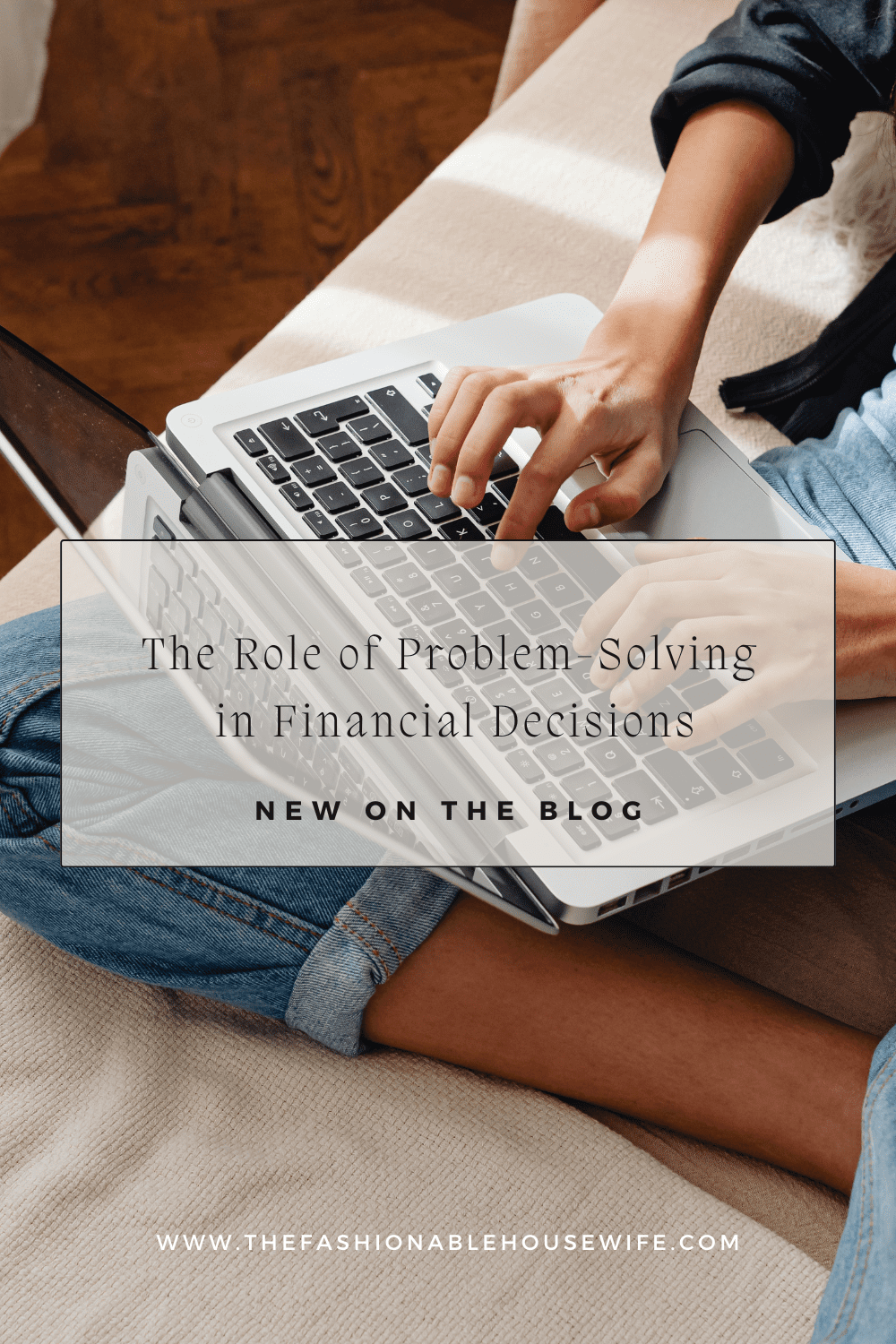The Role of Problem-Solving in Financial Decisions

When it comes to money, making good decisions isn’t always straightforward. Whether you’re managing your personal budget, running a business, or working in finance, problem-solving is a skill that underpins every sound financial choice. It’s more than just crunching numbers—it’s about navigating complex situations, weighing options, managing risks, and spotting opportunities before they slip away. If you’re dealing with credit card debt relief or any kind of financial challenge, honing your problem-solving skills can help you find smarter, more effective ways forward.
Problem-solving gives you a framework to tackle uncertainty. Instead of feeling overwhelmed by financial stress or confusion, you learn to break down problems into manageable parts and explore creative solutions. This mindset not only improves outcomes but also builds confidence and control over your money.
Understanding the Financial Problem Clearly
The first step in financial problem-solving is defining the issue clearly. For individuals, this might mean identifying exactly how much personal debt you owe, what your expenses are, or why your spending habits don’t align with your goals. Businesses may need to understand cash flow challenges, market shifts, or investment risks.
Without a clear picture of the problem, solutions become guesswork. Taking time to gather facts and break the issue into smaller questions helps avoid costly mistakes. For example, someone seeking credit card debt relief benefits from knowing which debts have the highest interest and which creditors are willing to negotiate.
Exploring Alternatives and Weighing Consequences
Once the problem is understood, the next step is brainstorming possible solutions. Financial problem-solving isn’t about picking the first option that looks okay—it’s about considering alternatives and their consequences.
For instance, should you consolidate debt, negotiate directly with creditors, or focus on paying off cards one by one? Each path has trade-offs: consolidation might lower payments but come with fees; negotiating may reduce interest but affect credit; paying off a personal debt sequentially might take longer but avoid new fees.
Weighing these options against your priorities and resources helps you choose the best fit. This process also reduces impulsive decisions that can make problems worse.
Risk Management: Seeing What Could Go Wrong
Good financial problem-solving includes thinking about risks. Every decision carries potential downsides. Identifying what could go wrong prepares you to avoid or mitigate problems.
For example, if you’re considering a personal debt relief plan, what happens if you miss a payment or your income drops? Can you adjust the plan or have a backup? Businesses do similar risk assessments when deciding on investments or expansions.
Risk management turns uncertainty into manageable possibilities. It builds resilience by preparing you for bumps in the road.
Implementing Solutions and Adjusting as Needed
Solving financial problems isn’t a one-time event. It’s an ongoing process. After choosing a solution, you implement it and monitor results. If things aren’t working as planned, you go back, reassess, and adjust.
This flexibility is key. Maybe your budget needs tweaking or a creditor’s offer changes. Being open to revisiting your plan keeps you proactive rather than reactive. For individuals seeking credit card debt relief, regularly reviewing your progress helps avoid surprises and keeps you on track.
Problem-Solving Builds Financial Confidence
Facing financial challenges can be intimidating, but problem-solving skills boost your confidence. When you know how to approach issues logically and creatively, money stress becomes less overwhelming.
This confidence encourages you to take charge instead of avoiding decisions or hiding from problems. Over time, problem-solving becomes a habit that helps you navigate all financial situations, from day-to-day budgeting to major investments.
Problem-Solving in Business and Institutions
While we often focus on personal finance, problem-solving is just as critical in businesses and financial institutions. Companies analyze market trends, customer behaviors, and operational costs to make strategic decisions. Banks assess credit risks and economic conditions to develop products and manage portfolios.
The complexity of these decisions is high, but the core skill remains the same: breaking down problems, exploring options, managing risks, and adapting. This approach leads to better financial health not just for companies but also for customers and communities.
Encouraging a Problem-Solving Mindset
Cultivating a problem-solving mindset starts with curiosity and patience. Ask questions, seek knowledge, and don’t fear making mistakes—every challenge is a chance to learn. Use tools like budgeting apps or financial planners to help visualize your situation.
For those dealing with credit card debt relief or other financial stresses, working with counselors or advisors can bring fresh perspectives and expert guidance. Collaborating with others is a powerful way to tackle problems more effectively.
Final Thoughts
Financial problem-solving is at the heart of making smart money decisions. It helps you see your challenges clearly, explore options wisely, and manage risks thoughtfully. Whether you’re an individual working to pay off a personal debt or a business steering through uncertainty, developing this skill leads to stronger financial outcomes and greater peace of mind.
Next time you face a financial decision, try breaking it down like a problem to solve. Approach it step by step with curiosity and flexibility. You might find that what once felt overwhelming becomes an opportunity for growth and control.

